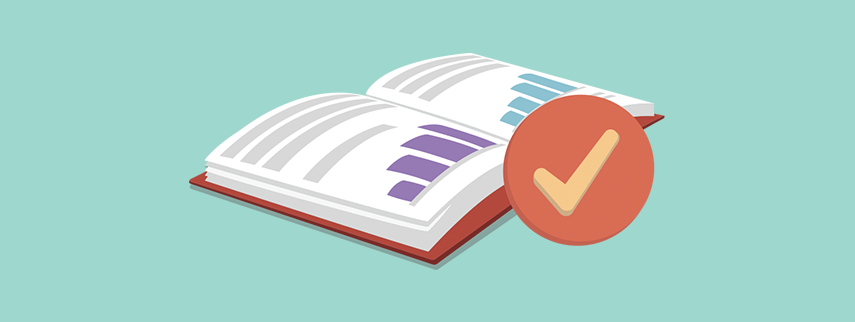In an increasingly interconnected world, there exists an opportunity to create a closer relationship between customers and companies. Behavioral economics, a relatively new field of study that has developed over the last three decades, is helping marketers to improve the customer experience. According to BehavioralEconomics.com, behavioral economics studies, “cognitive, social and emotional influences on people’s observable economic behavior.” Emotions take part in shaping our economics choices, and, in fact, behavioral economists tell us that consumer decision-making is 30 percent rational and 70 percent emotional.
In order to improve engagement, marketers have to understand that customers are human beings whose purchasing decisions are strongly influenced by emotions. Behavioral economics can provide valuable insights for marketers by helping them to identify behaviors and adapt to customers’ irrational biases and emotional demands and needs.
Here are eight takeaways from behavioral economics that can help marketers improve the relationship between companies and their customers:
1. Social proof: Customers look to other people for information on what to buy or what service to use. Customers might make a decision based on social norms in order to gain acceptance by others. While traditional word-of-mouth can increase your customer base, online reviews (such as on Facebook, Yelp or Amazon) are also important in serving as social proof for consumers. In a 2014 BrightLocal survey, 72 percent of customers said that positive online reviews made them trust a company more, and 88 percent said that they trust online reviews as much as personal recommendations. Marketers can concentrate on soliciting customer feedback and promoting positive reviews in order to provide social proof.
2. Loss aversion: Consumers are more willing to take risks in order to avoid losing things than to pursue gaining things. Understanding the emotionality involved in risk-taking is key to improving the customer experience. The psychological pain from losing is twice the amount of the pleasure of a gain. Marketers can promote products in a way that demonstrates their purchase will help them to avoid loss. For example, a marketer promoting thermostat upgrades on Twitter might tweet, “Stop losing $100 every year in energy by buying our programmable thermostat!” instead of, “Save $100 a year in energy by buying our programmable thermostat!”
3. Endowment effect: Consumers value items they own which they have an emotional attachment to, more than a similar item owned by someone else.
Establishing a customer’s partial ownership in an item being marketed through customization can increase emotional attachment. “Where I think customization can be much more useful is to get you to put more of ‘you’ in the product and make it more valuable,” says Dan Ariely, professor of psychology and behavioral economics at Duke University, in an interview with MarketingSherpa.
4. Default: Defaults are pre-set options or courses of action consumers receive, such as automatic enrollment in a 401(k) by an employer.
Because consumers would rather avoid losing things than take a risk for a gain, they are unlikely to defect from a default option. Furthermore, if marketers give them that default option, they are helping to define the customer’s ownership of the default, making them value that option more and be less likely to part with it. Marketers can use defaults to persuade customers to receive email updates and offers, but should be careful not to opt customers into so many options that they feel taken advantage of.
5. Choice overload: When consumers are presented with too many options, they can become overwhelmed, leading to unrealistic expectations, decision-making paralysis and unhappiness. In a study of jam purchases at a supermarket, 30 percent of shoppers who tried samples made purchases when presented with a choice of six jams, while only 3 percent of shoppers ended up making a purchase when presented with a choice of 24 different jams. Additionally, the shoppers who choose to buy from the selection of six jams reported greater satisfaction with their purchases. Offering fewer choices to consumers can increase sales.
6. Framing: How marketers frame choices, set the context and present information can influence consumers’ decisions. Marketers have found that including a few cheaper options increases the likelihood that consumers will purchase a more expensive option. The impact of framing can be observed in a grocery aisle, where products are organized and displayed by customer preference rather than price. Marketers can influence shoppers’ purchasing decisions by placing promoted products in places consumers are more likely to choose from.
7. Decoy effect: Consumers’ preference for one option over another can change when a third, similar but less desirable, option is presented. Economists Ian Bateman, Alistair Munro and Gregory Poe found that customers are more likely to choose a more expensive pen over $6 in cash if a third, less expensive pen is introduced. “You can actually introduce products into the market that nobody chooses but nevertheless have effect on what people end up getting,” explains Ariely in an interview with the American Management Association. The options marketers present ultimately influence customer decisions.
8. Anchoring: Consumers will rely heavily on the first piece of information offered, and use it as a reference and benchmark for other decisions from that point on, whether it makes sense or not. Marketers can present a high price for one option that can influence subsequent consumer purchases by making other options seem cheaper. For example, an online store could offer a $399 coat that’s been marked down to $99, creating the idea that an expensive—and therefore more desirable—coat is now a great buy.
Using these insights from behavioral economics can help marketers nurture positive consumer relationships and drive company growth. How have you seen behavioral economics play out at your company? Tweet us your comments on Twitter at @trackmaven!


